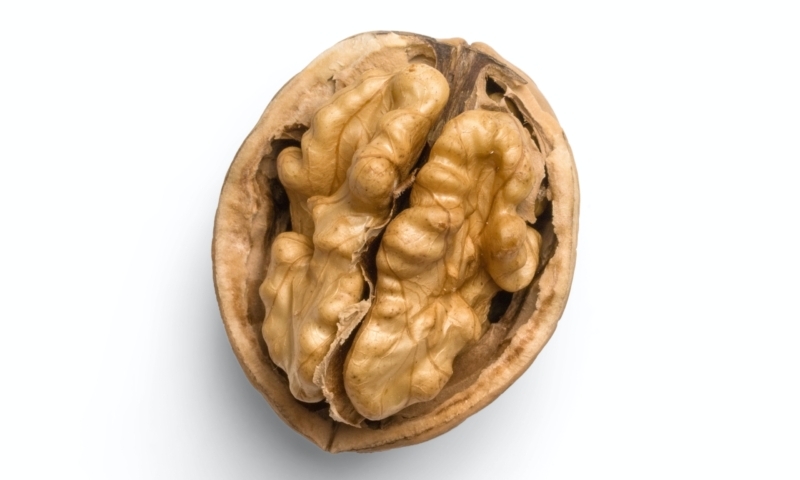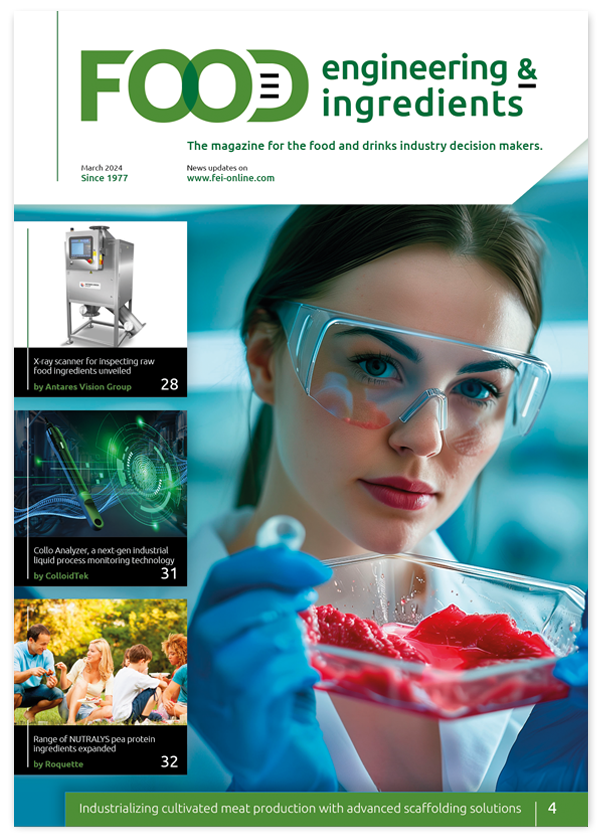Comminution of nuts for sample analysis
It is essential for all stakeholders involved in the food production process, that food products and ingredients meet regulated quality standards.
Food safety analyses focus on verifying whether harmful substances like toxins, heavy metals and non-permitted pesticides do not exceed permitted limits. Consumers trust that these limits of harmful substances are not exceeded and therefore that food products being sold are not contaminated.
Nuts, in particular, are problematic when it comes to food inspections as the shell gives no clue about whether the core has the adequate quality. The inside may contain fungal spores or toxins which cannot be perceived from the outside.
However, with defined methods, samples of nuts may be tested for their safety. Meticulous sample preparation is a prerequisite for accurate analysis. Sample preparation requires the comminution of nuts with specialised equipment, such as the FRITSCH Cutting Mills.
There are strict regulations regarding the permitted residue level of toxins. In Germany, for example, the mycotoxin maximum residue level regulation applies (MHmV) as of 2 June 1999, which defines the admissible maximum amounts of aflatoxins B1, B2, G1, G2 and M1. In order to match the newer standards to research, in 2004 the maximum residue levels for ochratoxin A in instant coffee, roasted coffee and dried fruit, for deoxynivalenol and zearalenon in food grain, grain products like bread, and bakery products and for fumonisin B1 and B2 in corn, corn products and much more were also implemented. Throughout the EU the regulation (EG) no. 466/2001 applies, which has since been adapted and improved (up to (EG) no. 856/2005). The regulations define not only the number of substances and their maximum residue levels, but also the analysis methods and methods of sampling. These are defined in the regulation (EG) no. 401/2006.
The main problem is that mycotoxins can be distributed differently in a sample and poses the question, is the sample taken incorrect or is the ensuing analysis method performed incorrectly, which will give distorted results.
Requirements of the sample preparation
In order to perform an accurate analysis, a representative homogenous sample is necessary. During the entire sample preparation the sample may not be subject to any type of physical or chemical influences. These influences appearing during comminution would otherwise then falsify the results of the analysis. Heat, for example, would make any type of protein structures, like microorganisms, or volatile substances untraceable. Toxins would evaporate due to thermal stress. In addition, extended mechanical strain may not take place, since the fats from the organic cells escape and adhere to other cell constituents in the grinding chamber.
Optimal air flow
The FRITSCH Cutting Mills have optimal air flow to ensure an especially high air throughput in the grinding chamber. This helps speed up the comminution process and effectively protects against clogging of the sieve. Cutting Mills are ideal for comminution of soft to medium-hard, brittle, fibrous, tough or temperature-sensitive material. The samples are comminuted by cutting and shearing forces, and the selected sieve cassette determines the final fineness. Various knife geometries and replaceable blades ensure maximum flexibility and durability. Cutting tools of various steel types as well as of hardmetal tungsten carbide can be used for controlling abrasion.
The cutting chamber of the FRITSCH Cutting Mills is designed with minimum dead space and progressive cutting geometry between rotor and fixed knives so the sample is automatically transported and comminuted finer and finer until to the desired final fineness is achieved. The sample cannot collect anywhere as a quick look into the opened grinding chamber will show. This results in very high throughput, small thermal load due to marginal retention period of the sample in the grinding chamber and minimised cleaning effort.
Detailed sample preparation of nuts
For a detailed method of sample preparation of nuts according to regulation (EG) No 401/2006 with tips, approaches and photos of the individual steps download this PDF from FRITSCH.



